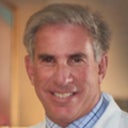In my opinion, there are only two variables that matter when it comes to fat transfer procedures. The first is the patient for the procedure in the first place. A lot of this has to do with the quantity and quality host tissue to support the grafted fats.

